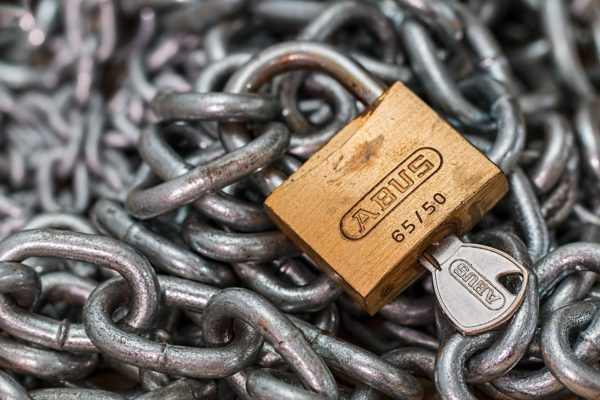In today’s interconnected digital landscape, cybersecurity stands as a paramount concern for individuals and organizations alike. With cyber threats evolving at an unprecedented pace, traditional security measures alone are often insufficient to safeguard sensitive information and digital assets. In this regard, multi-factor authentication (MFA) emerges as a vital tool in fortifying defenses against unauthorized access and data breaches.
Understanding Multi-Factor Authentication (MFA)
Multi-factor authentication refers to a security process that requires users to provide two or more forms of identification before granting access to an account or system. These factors typically fall into three categories:
- Knowledge Factor: Something only the user knows, such as a password, PIN, or security question.
- Possession Factor: Something only the user possesses, such as a smartphone, token, or smart card.
- Inherence Factor: Something unique to the user, often biometric data like fingerprints, iris scans, or facial recognition.
By combining these factors, MFA significantly enhances security by adding layers of protection beyond just a username and password.
The Vulnerabilities of Single-Factor Authentication
Traditional authentication methods reliant solely on usernames and passwords are susceptible to various security vulnerabilities:
- Password Weaknesses: Users often create weak passwords that are easy to guess or reuse across multiple accounts, increasing the risk of unauthorized access.
- Phishing Attacks: Cybercriminals exploit social engineering techniques to trick users into divulging their login credentials through fake websites or deceptive emails.
- Credential Theft: Data breaches and hacking incidents frequently result in the exposure of usernames and passwords, enabling attackers to compromise accounts en masse.
In light of these vulnerabilities, relying solely on single-factor authentication poses significant risks to data security and privacy.
Advantages of Multi-Factor Authentication
Implementing MFA offers several key advantages in bolstering cybersecurity defenses:
- Enhanced Security: By requiring multiple forms of verification, MFA significantly reduces the likelihood of unauthorized access, even if one factor is compromised.
- User Authentication Flexibility: MFA allows organizations to choose from a variety of authentication methods based on their security requirements and user preferences. This can be an simple as a text message (SMS) or can be a physical hardware token.
- Compliance Requirements: Many regulatory frameworks and industry standards mandate the use of multi-factor authentication to ensure the protection of sensitive data and regulatory compliance.
- Improved User Experience: While adding an extra layer of security, MFA can also streamline the authentication process for users, especially with the adoption of convenient methods like biometrics or push notifications.
Real-World Impact
The importance of multi-factor authentication is underscored by its effectiveness in mitigating cyber threats and preventing unauthorized access. Numerous real-world examples demonstrate its value in safeguarding sensitive information and preventing data breaches across various sectors, including finance, healthcare, and government. A recent study by Verizon shows that 80% of breaches are caused by compromised passwords. These typically come from lost or stolen credentials, but can also be brute force attacks. Mutli-factor authentication adds a second layer of protection to help mitigate these threats.
Conclusion
As cyber threats continue to evolve and become more sophisticated, the need for robust security measures has never been greater. Multi-factor authentication stands as a critical component of any comprehensive cybersecurity strategy, offering a potent defense against unauthorized access and data breaches. By implementing MFA, organizations can significantly enhance their security posture, protect sensitive information, and instill confidence among users in an increasingly digital world.

